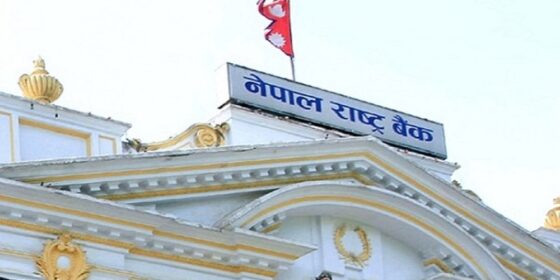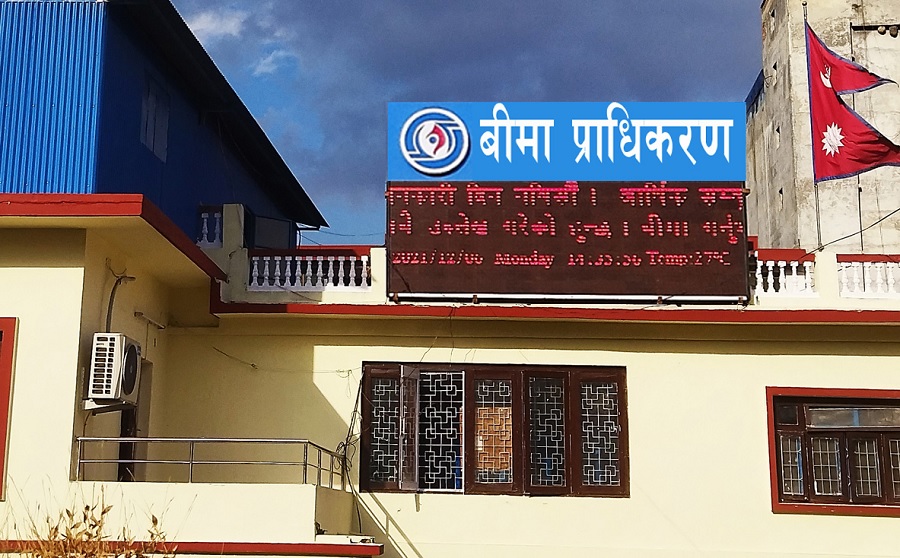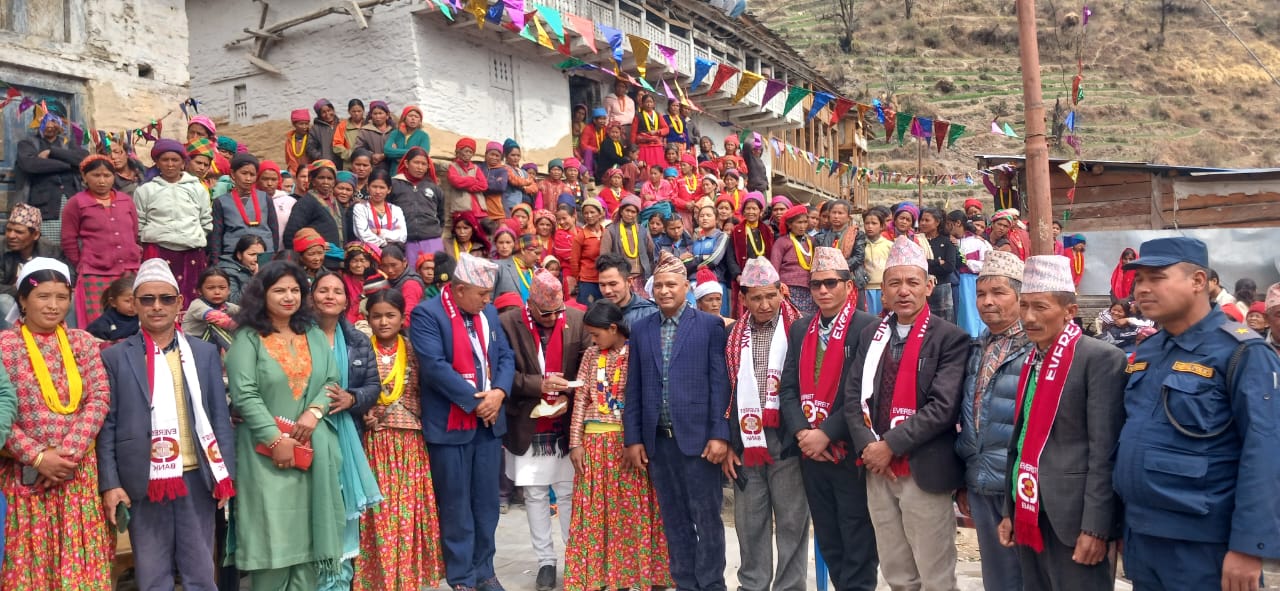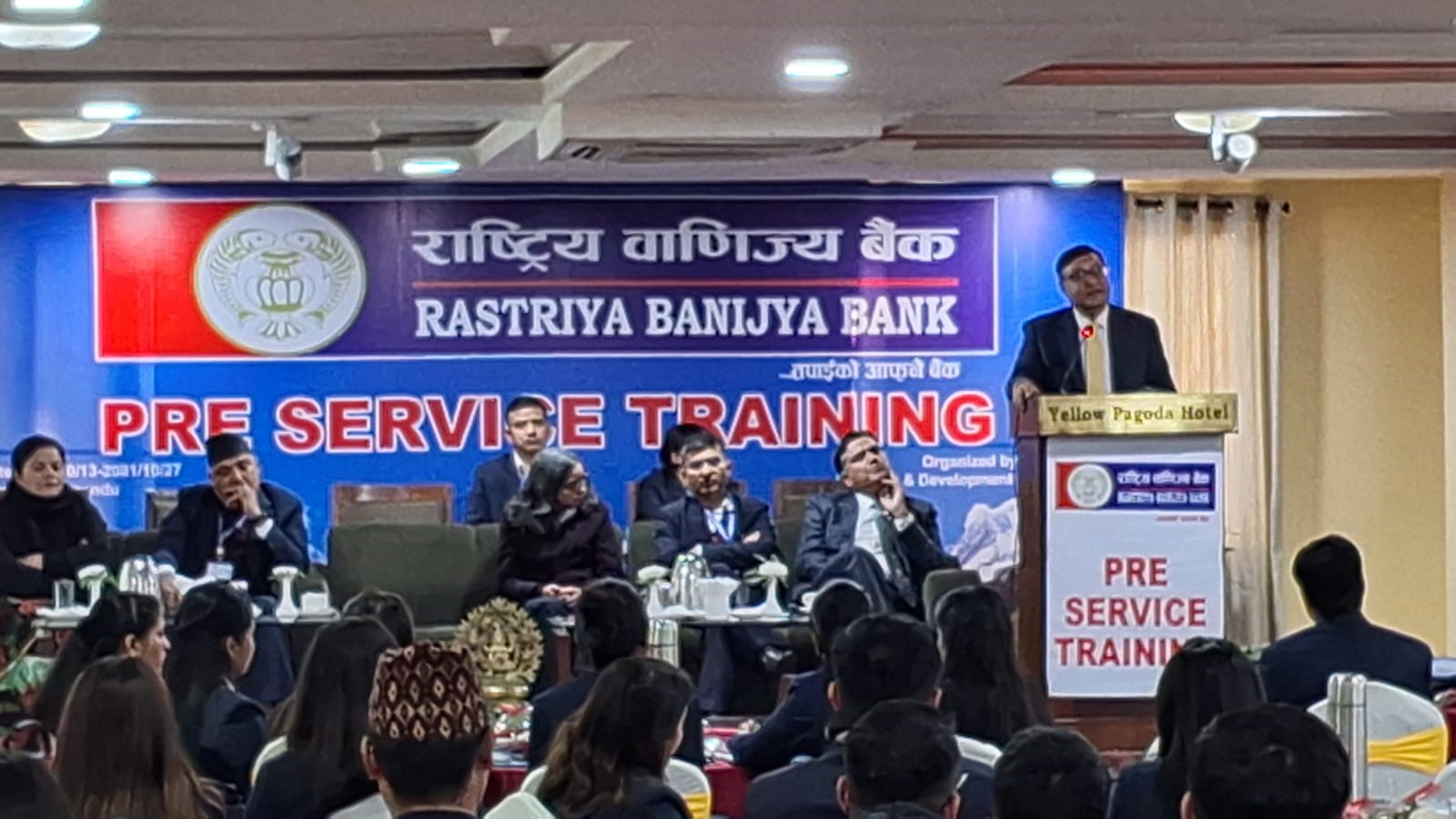
Kathmandu: In a transformative move, the Nepal Rastra Bank (NRB) has introduced the Standing Deposit Facility (SDF) to redefine the dynamics of liquidity management in the banking sector. This novel facility, effective from Tuesday, empowers banks with increased liquidity to directly deposit funds with the central bank, ushering in a new era of flexibility and competitiveness.
The SDF marks a departure from the traditional approach where banks unilaterally managed their liquidity. Now, with the SDF in place, banks can competitively deposit larger amounts directly with the central bank, presenting a more dynamic and responsive financial ecosystem.
The central bank’s decision to implement the SDF comes as part of its ongoing efforts to enhance monetary policy and improve the efficiency of banking operations. This move aligns with the broader strategy of providing banks with additional tools to manage liquidity effectively.
Under the SDF, banks currently holding substantial liquidity reserves can make deposits directly with the central bank on Tuesdays and Wednesdays. The deposit period spans four days, with an applicable interest rate set at 3%. This not only encourages efficient use of surplus funds but also establishes a clear framework for interest rate management within the banking sector.
The SDF is poised to have a profound impact on the banking landscape, fostering healthy competition among financial institutions while offering the central bank greater control over liquidity in the market. As Nepal Rastra Bank continues to adapt its policies to the evolving financial landscape, the introduction of the Standing Deposit Facility stands out as a strategic move to promote stability and innovation within the banking sector.








